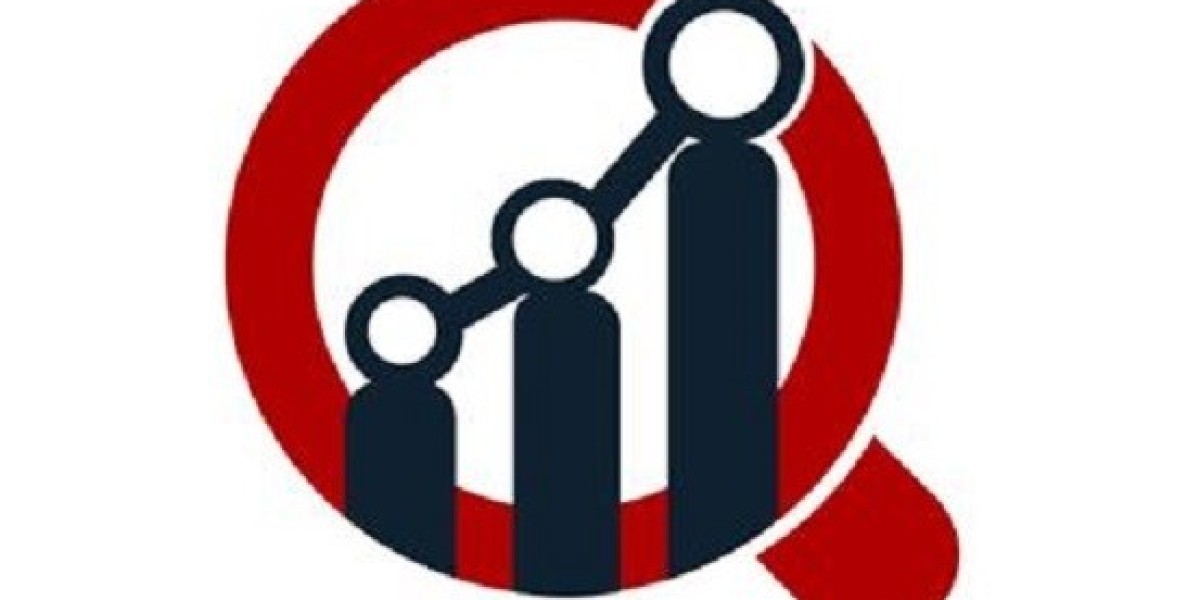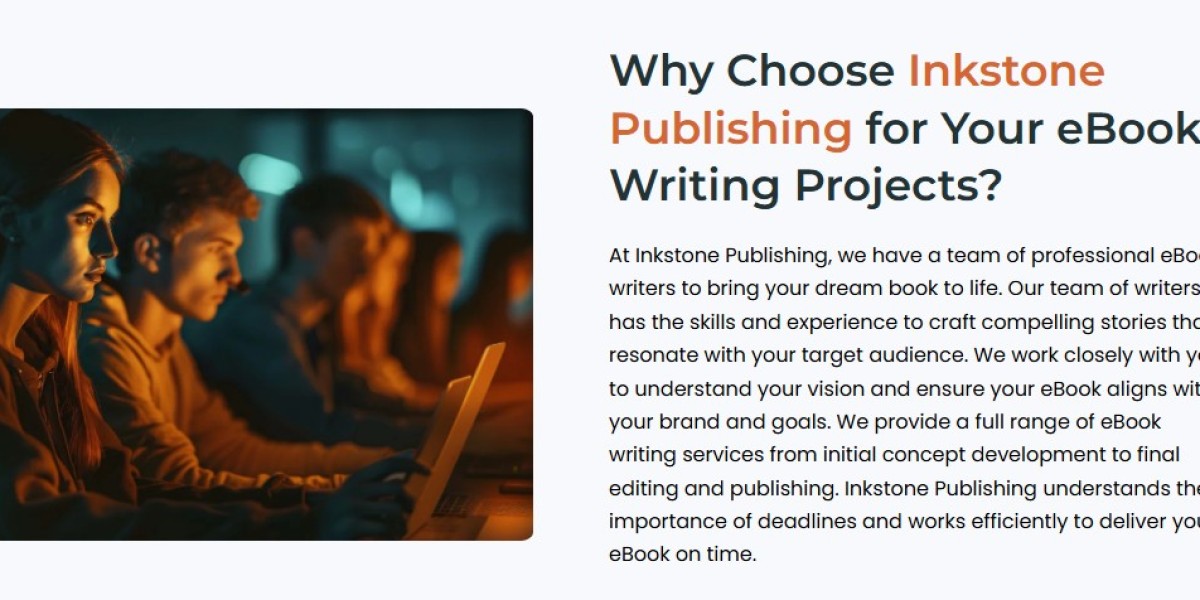Introduction
Mandibular Advancement Devices (MADs) have emerged as a highly effective, non-invasive solution for individuals suffering from obstructive sleep apnea (OSA) and chronic snoring. These dental appliances work by repositioning the lower jaw (mandible) to maintain an open airway during sleep, reducing airway obstructions and improving breathing patterns. With a growing prevalence of sleep-related disorders, the demand for MADs has surged, driving significant growth in the global mandibular advancement device market.
Understanding Sleep Apnea and the Role of MADs
Sleep apnea is a serious sleep disorder characterized by repeated interruptions in breathing due to airway collapse. Among the three types—obstructive sleep apnea (OSA), central sleep apnea (CSA), and complex sleep apnea—OSA is the most prevalent. MADs primarily address OSA by preventing airway blockages and allowing uninterrupted airflow during sleep.
How Mandibular Advancement Devices Work:
MADs are custom-fitted dental appliances worn during sleep.
They push the lower jaw slightly forward, preventing the soft tissues at the back of the throat from collapsing.
This mechanism reduces snoring and improves oxygen levels, leading to better sleep quality.
Growing Demand for MADs: Key Market Drivers
Several factors are propelling the growth of the mandibular advancement device market:
1. Increasing Prevalence of Sleep Apnea
According to the American Academy of Sleep Medicine (AASM), nearly 30 million Americans suffer from sleep apnea, yet only a fraction receive treatment.
Globally, the disorder remains underdiagnosed, presenting a massive opportunity for market expansion.
2. Rising Awareness of Sleep Disorders and Their Health Impacts
Untreated OSA is linked to serious health risks such as hypertension, cardiovascular diseases, diabetes, and stroke.
Growing public and medical awareness has led to higher diagnostic rates and an increased demand for treatment solutions.
3. Preference for Non-Invasive Treatment Options
Continuous Positive Airway Pressure (CPAP) machines are the traditional standard for OSA treatment, but many patients find them uncomfortable.
MADs offer a portable, user-friendly, and non-invasive alternative, leading to higher patient compliance.
Challenges in the Mandibular Advancement Device Market
Despite its potential, the market faces several obstacles:
1. Limited Awareness and Underdiagnosis
Many individuals suffering from sleep apnea remain undiagnosed due to lack of awareness and access to sleep studies.
Efforts to integrate OSA screening in routine medical check-ups are essential for market growth.
2. Cost Constraints and Limited Insurance Coverage
Custom-made MADs can be expensive, and insurance coverage varies by region.
Affordable alternatives and reimbursement policies could boost adoption rates.
3. Potential Side Effects
Some users experience jaw discomfort, excessive salivation, and tooth misalignment.
Continuous improvements in device design aim to minimize these side effects.
Regional Insights: Market Trends Across the Globe
North America dominates the market due to high awareness, strong healthcare infrastructure, and a rising number of sleep clinics.
Europe follows closely, with increased government initiatives and technological advancements.
Asia-Pacific is witnessing rapid growth, fueled by an expanding middle-class population, growing healthcare access, and increasing awareness about sleep disorders.
Latin America, the Middle East, and Africa have emerging markets, but challenges such as affordability and limited healthcare access persist.
Future Trends: What’s Next for the MAD Market?
The mandibular advancement device market is poised for continued expansion, with several exciting developments on the horizon:
AI-Powered Sleep Monitoring: Integration of smart sleep-tracking devices that work alongside MADs for real-time efficacy monitoring.
Telemedicine and Online Diagnostics: Increased adoption of virtual consultations and home sleep tests will make diagnosis and treatment more accessible.
Improved Material Innovations: Use of biocompatible, lightweight, and adjustable materials for enhanced comfort and long-term durability.
Combination Therapies: Research is exploring the integration of MADs with positional therapy and myofunctional therapy for improved treatment outcomes.
Conclusion
The mandibular advancement device market is experiencing significant growth, fueled by rising sleep disorder awareness, technological advancements, and patient preference for non-invasive solutions. As research and innovation continue, MADs are set to become an even more effective and accessible treatment for millions suffering from sleep apnea and chronic snoring worldwide









